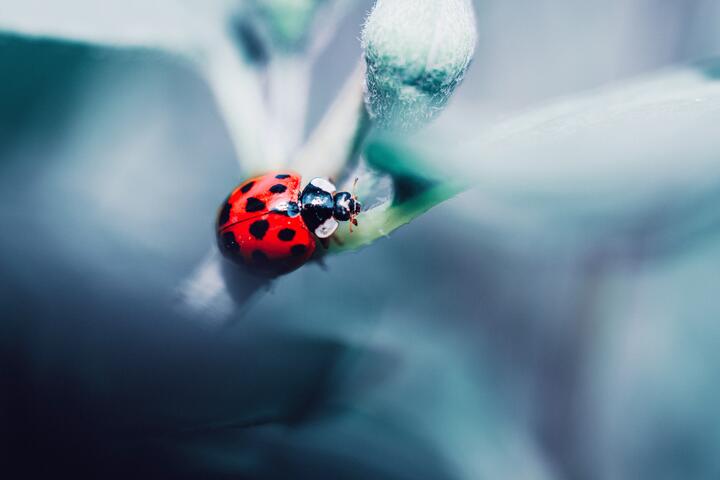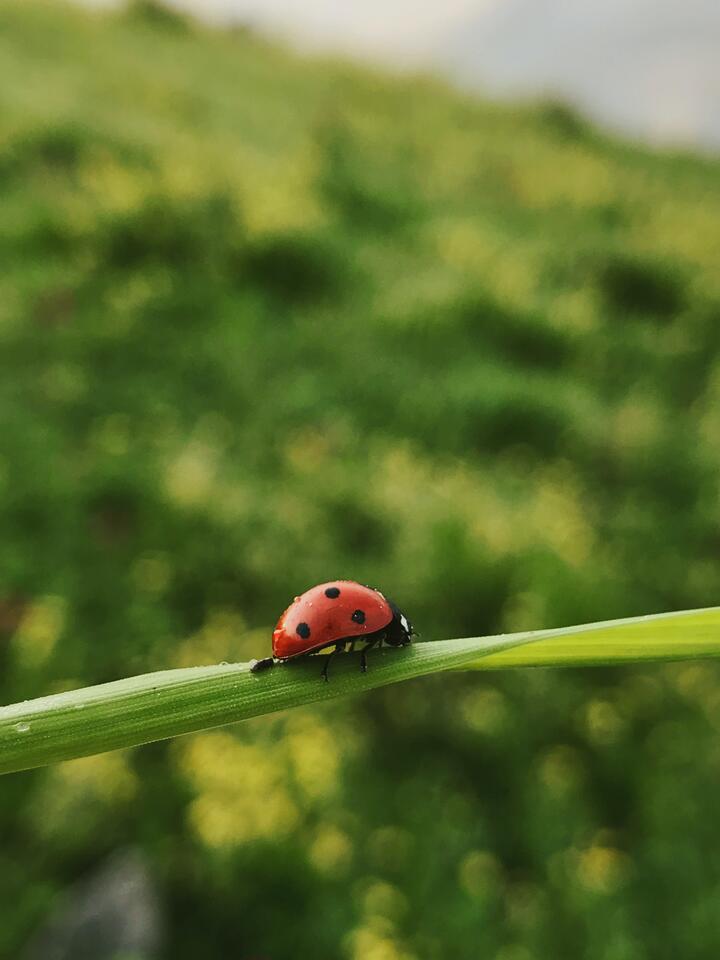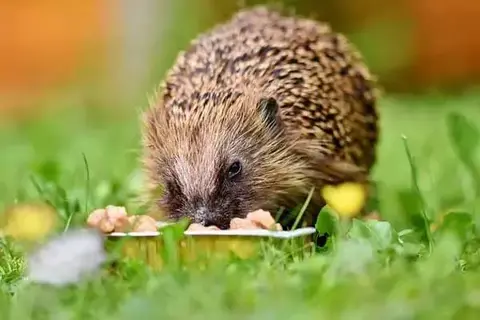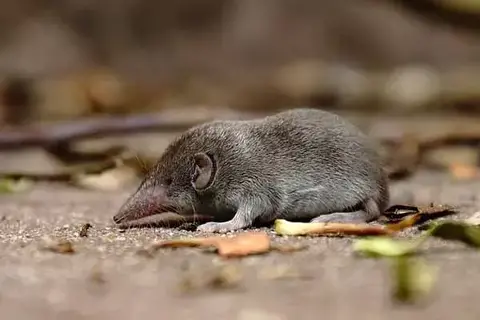Ladybug’S Nest And Other Ladybug Facts
Lucas TorresLadybug (lat. Coccinellidae) belongs to the beetle family, arthropod type, class of insects. At the sight of an insect, a man involuntarily reacts – it is more likely to slam it, but the ladybug is sympathetic to almost everyone, even women. Some recall a children’s song associated with it, while others recall that it helps them very much in the countryside – saves the garden from pests. What is the secret of everyone’s sympathy for this bug? In some cultures, it is forbidden to kill a ladybug, and in the western part, it is generally considered a symbol of luck. In many countries, it is even listed on the Red List.
What does a ladybug look like?
 Photo by Lisa Fotios on pexels
Photo by Lisa Fotios on pexelsToday, the planet has studied no more than 200 insect formations, the number of species is infinite. Ladybug – a member of the family Coccinellidae, has more than 4000 types and 360 genera, belongs to the group of hard-winged arthropods. Distinctive features from the other congeners are the seemingly three-part legs. This is because of the small third member, which is visually hidden with half a fourth leg in the sinus of the appendage.
The size of the ladybug is on average from 4 mm to 10 mm. The body structure is rounded, ovoid, flattened at the bottom, and convex at the top. Sometimes the surface is covered with thin lints. It consists of the head, prongs, chest, which is divided into three parts: legs; abdomen; wings.
The head connects monolithically with the fore chest, looking like an enlarged chest. It is the main part of the length of the body, sometimes found in elongated-oval shape. The eyes are of relatively large size. Well flexible tendrils, consisting of 8-11 members.
Ladybug has rigid expressive elytra. In fact, these are the front flying organs. Over time, the wings of the ladybug have been transformed. On the ground, they perform a protective function. With the help of two posterior spurs it flies, it turns out quite well. Interestingly, different birds and many vertebrates do not dare to hunt it, not only because of the poison. They do not have time to catch it, because the insect makes about 85 sweeps per second.
Bright warning coloring of ladybug
The ladybug has a bright color, which helps in the struggle for existence and brings fear to the enemies, most often birds. This is one example of mimicry, like the green color of grasshoppers, or the ability of chameleon to merge with the environment for self-preservation.
Sparkling colors for the natural wild world serve as warning signals about the toxicity and incredibleness of the observed victim. There is a theory that the brighter the beetle’s color, the less likely it is to be attacked by enemies. The expressive color of different types of ladybugs indicates a deadly danger. It may fade with age.
Where do ladybugs live?
Ladybugs live practically all over the world, except for northern latitudes. Their life cycle depends on the availability of food. The active stage falls on the time of aphids extermination, the main diet of these insects, i.e. from spring to autumn. They live from a couple of months to one year, sometimes last up to two. They can survive the winter in the foliage or under the bark of trees.
They accept a single way of life, live in groups for the winter, or mating. They feel comfortable in open areas with grassy vegetation on the edges of forests, steppes, meadows, and gardens. In search of food crawl on plants, periodically flying to long distances. They do it easily, quietly, working all day, destroying pests. The ladybugs are thermophilic, the optimal temperature for them is +10 C and above, in other periods is in the winter.
How and where do ladybugs spend the winter?
Sedentary species of ladybugs gather in large groups sometimes up to millions of individuals when cold weather strikes. In winter, they look for a secluded spot, hiding under the remains of foliage, dry wood, and stones, where they wait for the arrival of heat. They can fly into rooms, hide between window frames, fold curtains, and make nests among trees. There are species of beetles flying in flocks to winter in southern latitudes. Recently, the features of adaptation to the habitat have become not only a bright color or toxic liquid released at risk. Their group accumulations are observed more and more. This is still inexplicable, but the spectacle is colorful.
Ladybug’s Nest
 Photo by Dastan Khdir on pexels
Photo by Dastan Khdir on pexelsA ladybug nest is the most common place where you can see them. These tiny insects are often found in flower gardens and flowerbeds. Their stingers are deadly, and they can cause a lot of damage if they bite. Fortunately, you can help them avoid the sting by removing the nest before they can lay eggs. The following tips can help you keep your home free of ladybugs. Listed below are some of the steps you should take to remove a mother’s nest.
During the winter months, ladybugs will hibernate in buildings and will come out only in the spring when there is food. During this time, they will stay in their hiding places for several weeks before reawakening. The length of time this process takes will depend on the temperature and size of the population. During this time, they will remain motionless and look for a way to escape their home. Alternatively, you can create a ladybug home in your garden.
The ladybug will use a chemical flare to communicate with other insects, signaling their location. Adult ladybugs produce pheromones, which attract other ladybugs to their nest. The trail of pheromones will eventually lead to a cluster of females. Then they will use this location as a nursery. The resulting nest is called a wheel bug nest. Regardless of where the ladybugs reside, they should not be killed!
A ladybug’s life cycle usually lasts two or three years, but it can last for three years. During this time, you will only see a few ladybugs in your garden. However, once you see the females, they will search for a suitable place for their winter hibernation or diapause. This is necessary because they are cold-blooded, and nesting in groups helps keep them warm and comfortable.
The female ladybug can keep a male sperm for about two months before laying her eggs. The female will lay a cluster of up to 15 eggs. These eggs are unfertilized and serve as a nutritious snack for their offspring. They may lay their eggs in a tree or a leaf. A ladybug nest is usually found in an area with high temperatures and a large number of trees. If you notice a ladybug nest, it’s probably a sign that the female is thriving.
If the colony is still active, the female will start looking for a new home. The females will need to eat food to recover from hibernation. Then, they will begin looking for a mate. During the winter, the newly hatched ladybugs will appear as adults. Then, they’ll migrate from their existing home. The best way to get rid of a queen’s nest is to move it in the spring and fall.
The female ladybug’s egg is fertilized by the male. This is the only time the female will ever lay eggs in a ladybug’s nest. During the winter, the female ladybugs will be in hibernation for several weeks. After this period, the young ladybugs will look for a new home and start laying eggs. The next stage is the egg. Its job is to prepare and store food in a new home.
The mother ladybug will wait until September when it will continue to eat more food. This is the time when they begin to search for a new home. After the eggs have left the nest, they will look for a new place to hibernate. Once they have found a new home, they will start searching for a place to hibernate for the winter. During the winter, they will wait for the winter season in a hive.
The female ladybugs will stay in their nest during the winter. They will hibernate until early spring. During this time, they will find a safe place to overwinter. This can be a tree or an unused wall. They may also enter a home to make their homes. Then, the adults will seek a new home. They may take a few weeks to return, but they will not return until late March.
After a ladybug emerges from a nest, it will begin feeding. They will be thirsty and hungry and will remain in the nest for several months. They will remain in a place that is protected from harsh weather conditions. In addition to their natural habitats, ladybugs will hibernate in buildings, and you can find them near inland water sources. There are a number of ways to clean a ladybug’s nest.
- RodentsWhat Do Hedgehogs Like To Eat?

- RodentsRodent With A Long Nose: Habitat And FactsBy Camilo Walker

- Dogs15 Amazing Facts About Siberian HuskyBy Charlotte Green

- Rodents20 Interesting Facts About HamstersBy Noah Young

- Cats25 Interesting Facts About CatsBy Amelia B

- WildlifeStarfish Characteristics And FactsBy Murphy Scott

- Wildlife7 Interesting Facts About The JaguarBy Khai Dove

- WildlifeWhat Is A Chameleon Diet?By Camilo Walker

- WildlifeInteresting Facts About LemursBy Khai Dove

- Dogs10 Best Foods To Feed Your Senior DogBy Charlotte Green
